In a dynamic fashion landscape, Urbanic and its sister brand Savana are carving distinct identities by blending technology with community-led creativity. In this exclusive conversation, Ashutosh Sharma, General Manager- Strategy and Product Operations at Urbanic & Savana, shares with Anannya Saraswat, Reporter (Public Sector & Leadership) at APAC Media and CXO Media, how the two brands complement each other.
From using AI as a creative co-pilot to building agile, sustainable supply chains and engaging Gen Z in co-creation, they discuss the strategies, innovations, and future plans shaping their journey toward building intelligent, purpose-led fashion ecosystems.
Urbanic and Savana are emerging as the fastest-growing fashion platforms today. What do you believe sets the brands apart in such a crowded fashion landscape?
Both Urbanic and Savana are built on the ability to listen to data, to culture, and to community. Urbanic brings algorithm-led agility and product scale, while Savana is more intimate —shaped by emotion, purpose, and a growing circle of young women who don’t just consume the brand, they help create it. That duality of tech and community is what makes us stand out.
What opportunity did you see in the market that led to the launch of Savana, especially when Urbanic was already well-established?
Urbanic was built for the modern fashion consumer. With Savana, we saw a need for a brand that feels more expressive, more value-aligned, and deeply rooted in community, not just commerce. It’s not about competing with Urbanic but rather complementing it by creating a space where women feel seen, heard, and represented — both in our products and in our voice.
What role do you see AI playing in predicting fashion trends and demand planning? How are Urbanic and Savana leveraging AI to personalize the shopping experience for consumers?
AI has evolved from being an operational lever to a co-pilot in creativity and commerce. At Urbanic, AI helps us forecast trends, optimize inventory, and reduce overproduction. At Savana, it plays a more intimate role in learning individual preferences, predicting fit, and enabling personal styling journeys. When layered with community signals like feedback, polls, and social interaction, AI becomes more contextual, more human.
Gen Z consumers expect speed, transparency, and purpose. How is tech helping you meet these expectations?
Gen Z wants brands that are fast but also intentional. Technology helps us deliver that, from transparent logistics to ethically priced and small-batch drops. We also use tech to create emotional velocity, building feedback loops and digital touchpoints where Gen Z can co-create, not just consume. Community features like voting on upcoming products or behind-the-scenes access help close that expectation gap.
How do you balance automation with human creativity in a Gen Z-focused brand?
We don’t see AI and creativity as opposites. AI helps us analyze, personalize, and predict, but it’s our teams who bring culture, intuition, and storytelling into the mix. Especially at Savana, where the brand is shaped by real conversations with our community, we use AI to scale those insights and not replace them.
What innovations have you introduced to improve post-purchase engagement and customer satisfaction? Can you share how Urbanic/Savana uses feedback loops or customer data to drive repeat purchases?
We’ve made the post-purchase experience a core part of the brand journey. At Urbanic, tech enables intelligent replenishment suggestions and size-based reordering. At Savana, we go a step further using community data, DMs, feedback, and real-life inputs to co-create the next drops. This sense of involvement strengthens repeat behavior because users feel like insiders, not just customers.
What does an agile supply chain look like in your operations, and how do you maintain flexibility? How do you handle supply chain disruptions, like material shortages or geopolitical issues?
Agility for us means speed, flexibility, and resilience backed by real-time data. We’ve built modular production units and maintain dynamic material sourcing so we can pivot quickly. Whether it’s shifting SKUs based on community signals or responding to macro disruptions, we move fast because we’re wired to listen and adapt across the entire value chain.
How are Urbanic and Savana approaching sustainability in manufacturing and logistics?
We’re focused on intelligent sustainability. On-demand manufacturing, predictive inventory, and reverse logistics help reduce waste across both platforms. For Savana, sustainability is also emotional. We’re building a brand that doesn’t encourage excess. Small drops, longer shelf life, and community education around mindful fashion are part of our commitment. We’re not claiming perfection, but we are committed to responsibility.
What are your plans for the brands in the next 2-3 years? Are there any plans to launch retail stores?
Retail for us will always be experience-first. We don’t want to open stores, but we want to create spaces. For Savana, this means more pop-ups, community-led events, immersive offline moments in key cities, and a focus on expanding into newer markets like the Middle East. Across both brands, the goal is the same: to build intelligent, purpose-led fashion ecosystems powered by tech and community.
Also Read
The post ‘AI has Evolved as a Co-Pilot in Creativity and Commerce at Urbanic’: Ashutosh Sharma, General Manager- Strategy and Product Operations, Urbanic & Savana first appeared on .



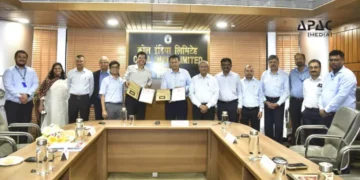











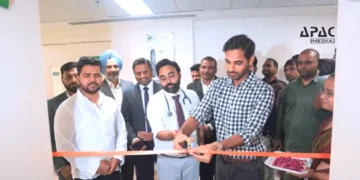








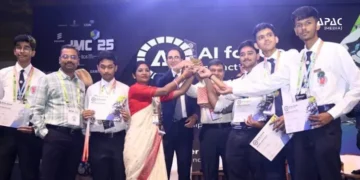


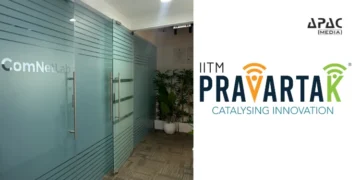





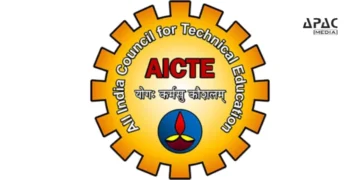
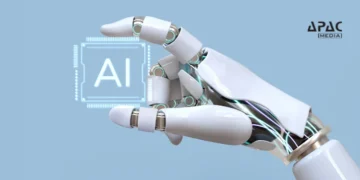

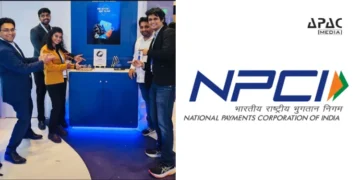




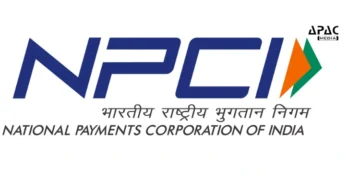


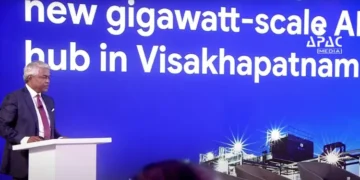









Discussion about this post